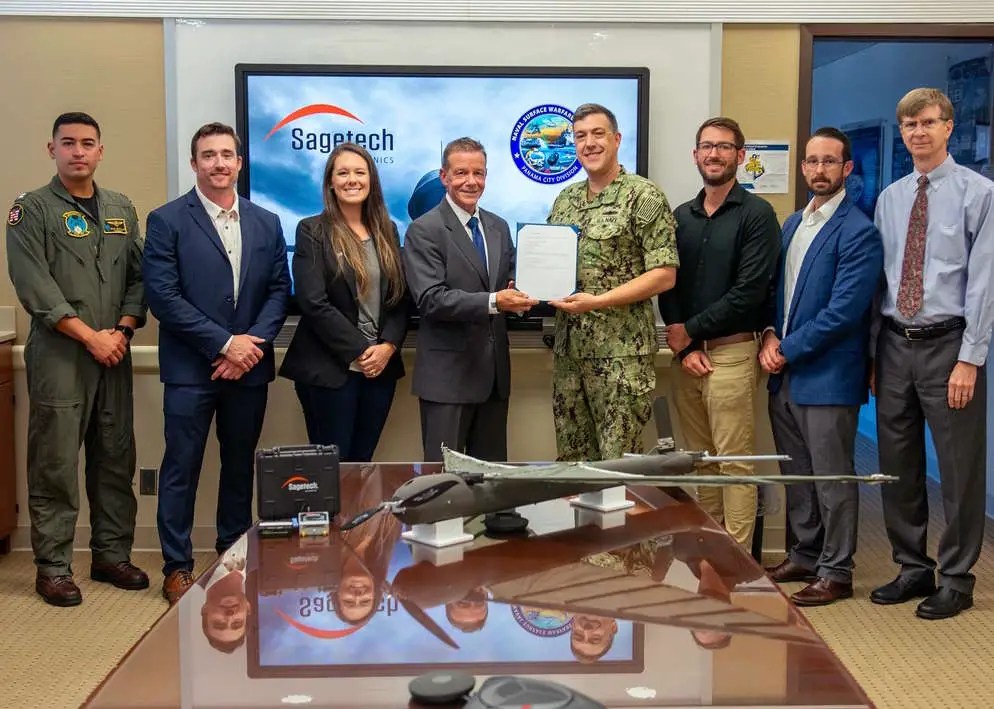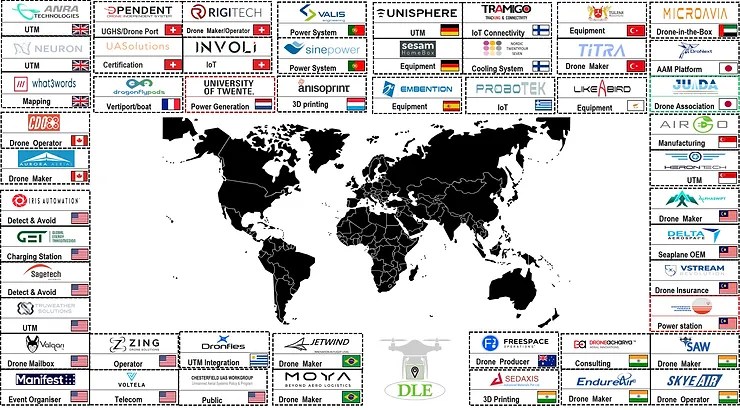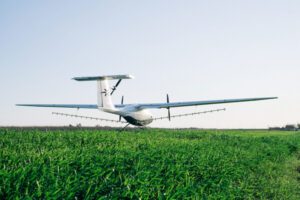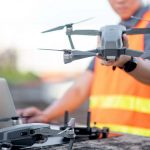Drones are on the frontlines of disaster response for a reason. UAVs provide data that can help play a crucial role in preventing disasters from occurring. Even with our best efforts, nature is not capable of control and will upend anything in its way if it decides to attack. However, when disaster strikes, search and rescue drones are ready to deploy immediately and help first responders when every moment counts. Allocating more money towards drone technology saves lives.
Technology is only useful if it is up to the task when needed. Disaster response drones need to be durable when called upon for search and rescue missions. To that end, researchers at Arizona State University designed a drone with an inflatable airframe that can bounce off objects. Other rescue drones might suffer damage and crash if faced with the same challenges.
Drones with obstacle avoidance will hopefully avoid dangers so operators do not suffer any downtime. However, this added layer of protection might be the answer for difficult to maneuver environments. Manufacturers need to design drones with purpose, forward thinking will help drones become even more beneficial for end users.
Structural health monitoring is vital to ensuring that infrastructure is safe for the public. The costs associated with on-site inspections is not the only factor to consider, the safety of crews is imperative. After natural disasters, bridges and roadways can suffer catastrophic damage. Infrastructure that is in need of repair is not safe to deploy crews for inspection. AI enabled drones can get critical data to engineers about the condition of infrastructure, while allowing operators to remain in a safe location.
The first 72 hours is often make or break for search and rescue missions. The proliferation of drone technology means that drones often capture footage of disasters before impact. Recent footage has shown tornadoes touch down everywhere from Florida to Nebraska and up to New York. Drone videos pinpoint the exact locations that have been impacted, crews can deploy faster than ever before.
Thermal imaging drones are especially useful in search and rescue missions. Two hikers recently got lost in the woods during a Georgia hike in the mountains, they placed a distress call to deputies, and once located were escorted safely back to their car in the dead of night.
A man in Oregon who was not able to get cell reception to place a distress call, in desperation, he texted a distress message to a friend. Next he attached the phone to a drone and prayed for a signal as it flew into the sky. First responders were able to safely rescue the man because of the smart decisions he made while under distress. Unfortunately, even if you plan everything out perfectly, disaster could strike. Trying to remain calm and thinking rationally might mean the difference between life and death . Rescue crews can often find people who put themselves in the best situation.
Well- trained emergency crews, outfitted with the best technology can make a difference when disaster strikes. Swimmers in Lake Michigan might become victims of strong waves and need help. One boat-like drone is racing to the rescue to provide swimmers with a floatation device in time of need. Demonstrations show the craft quickly get to a distressed swimmer and save their life.
Drones are enhancing the odds of a safe rescue when danger strikes. More funds should be allocated towards training crews to deploy these advanced technologies. Time is of the essence when it comes to saving lives. Drones have the technology that can make a difference when needed most. UAVs should only grow in their importance as more applications are tailored for rescue situations. Drone technology should continue to spread to more departments, the cost savings over helicopters should provide the push for more departments to make the leap into drones specifically designed for rescue.





